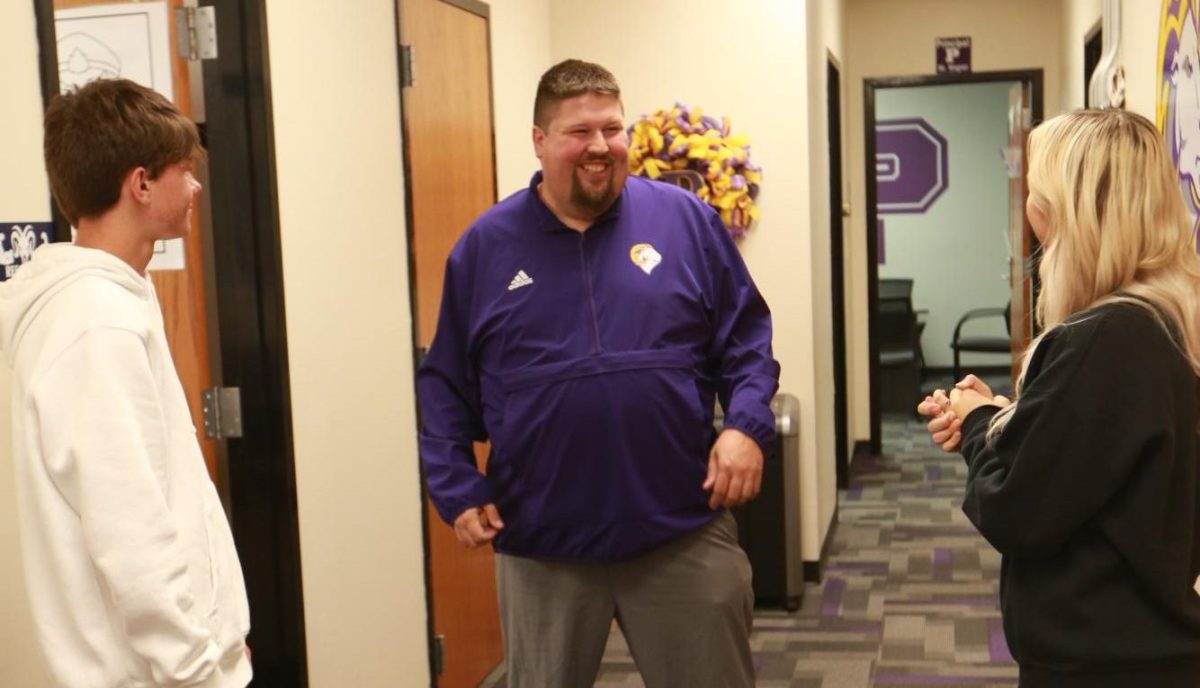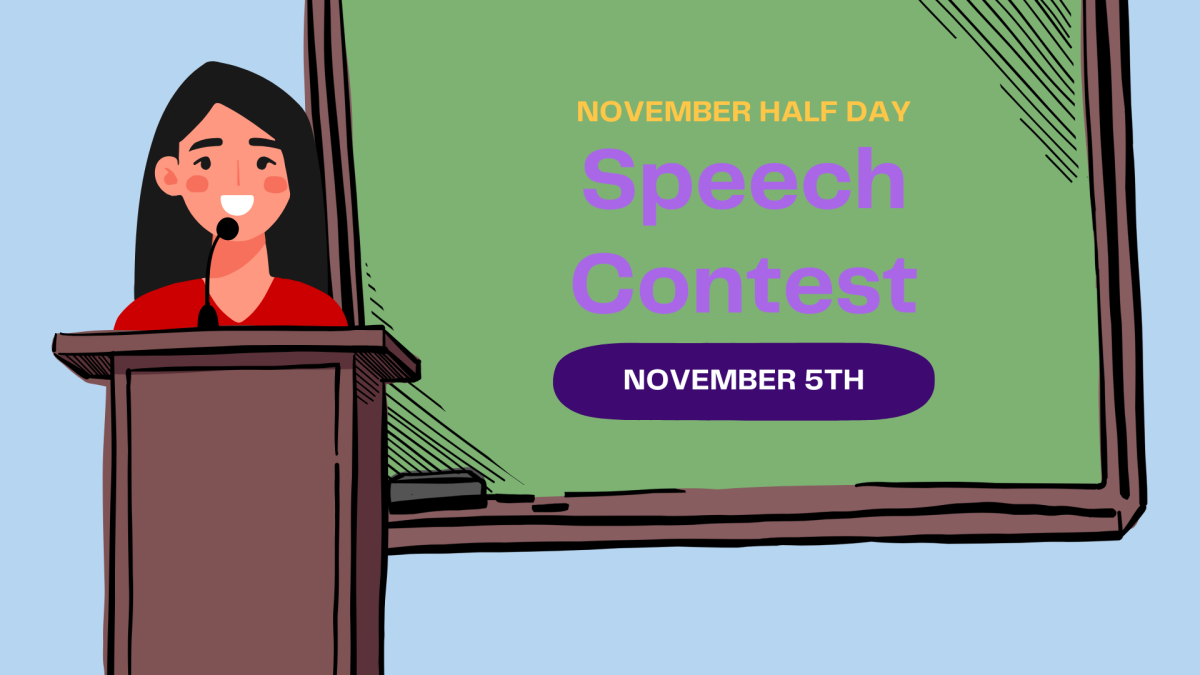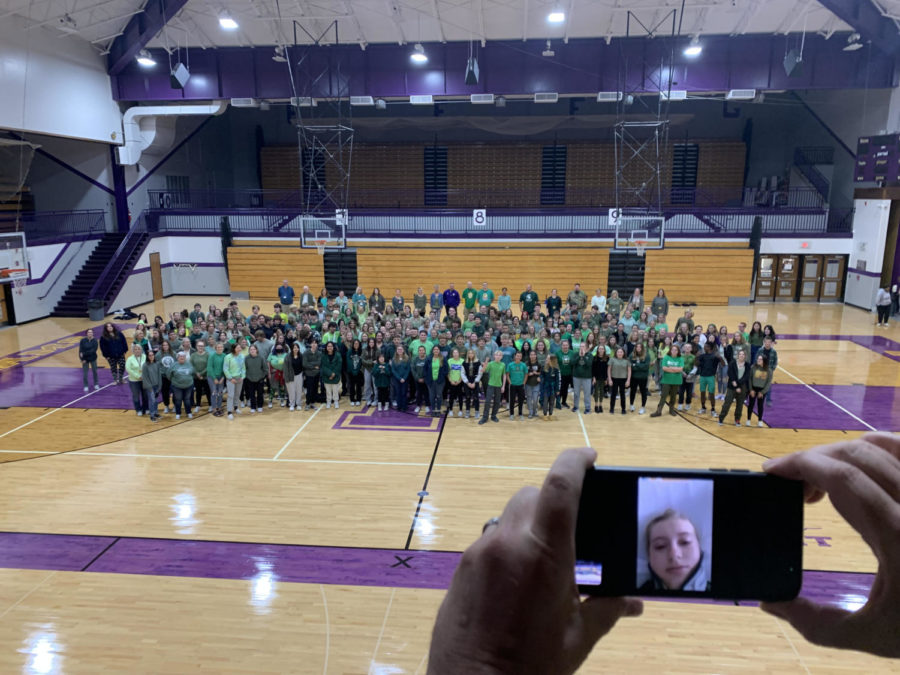College applications. Essays. Scholarships. Post-high school plans. These words are enough to get just about every upperclassman’s blood pressure up, and even though these are to be expected, many high schoolers have no idea how to navigate prepping for life after high school. This is a list of tips and tricks to help juniors and seniors get a serious start on a college plan.
Application Deadlines
A lot of colleges offer an early decision deadline, but what exactly is that? While it may vary from institution to institution, the early decision is a binding decision in which, if you are accepted into the university, you are obligated to attend. This is not the same thing as an early action plan, which is non-binding and essentially means that you find out whether or not you are accepted earlier. Unless a student is dead-set on a certain college, applying early decision is not the best option.
Applications
The applications themselves are the main component colleges will look at to get a feel for a student academically. The important part here is to be aware of deadlines. Most colleges accept the first round of applications by November 1 and the second round of applications at the beginning of January. While students have often been told not to brag and boast about ourselves, college applications are an exception. Guidance counselor Rachel Robinson encourages students to really showcase themselves and show off everything they have done and accomplished during their high school years.
Essays
College essays are one of the most daunting parts of applying to colleges. English teacher and senior class sponsor Carol Fullington shared her advice for students prepping their essays. “I think the first thing students can do is look into the essays earlier and not procrastinate. The looming deadline amps up the stress, so do them early. Secondly, look at all the essay prompts, many of them are essentially the same type of question or prompts, so save your essays, so you can tweak them for each application and not feel like you have to do a total rewrite. Third – ANSWER THE PROMPT. Many times students try to overgeneralize their situation or experiences, and they don’t really answer the prompt with specific detail. If it asks about financial hardships, be specific about your situation and why you NEED the money.”
FAFSA
FAFSA, which stands for Free Application for Federal Student Aid, is a form completed by prospective college students to determine their eligibility for financial aid. The form takes into account many aspects of a student’s current financial standing to find an aid package that best fits the needs at hand. The form opened on October 1 year, and is still open for students to complete. The guidance department is available for any assistance or questions pertaining to FAFSA, and for more information and links to forms, visit studentaid.gov.
One Stop App
If you are applying to multiple colleges, going from site to site and filling out more or less the same information for every application can be an unnecessary hassle. To help minimize this, there are sites available that compile all of that information into one convenient location. The Common App has over 900 colleges and universities that accept their applications, and The Coalition has over 150. These sites allow students to compile all of their information into one spot that can be used for any number of potential colleges
Scholarships
College can be very expensive. However, what many students do not realize is that there are hundreds of thousands of scholarships given out each year; last school year, over $1.7 million worth of scholarships and fellowships were given out to incoming college freshmen. To help students, the guidance department has included an updated list of scholarships for seniors in the senior Google Classroom page. The list included both local and external scholarships our students may be eligible for. When in doubt, just apply! You never know what scholarships you may be the perfect fit for.
Story by Michael Hannon












